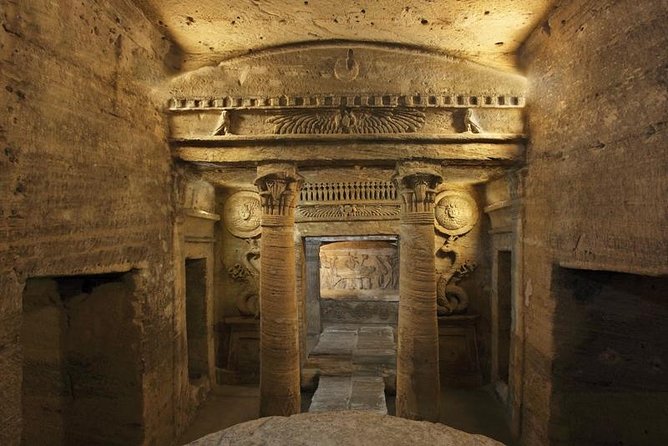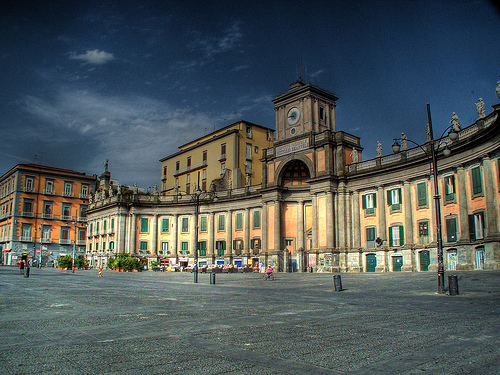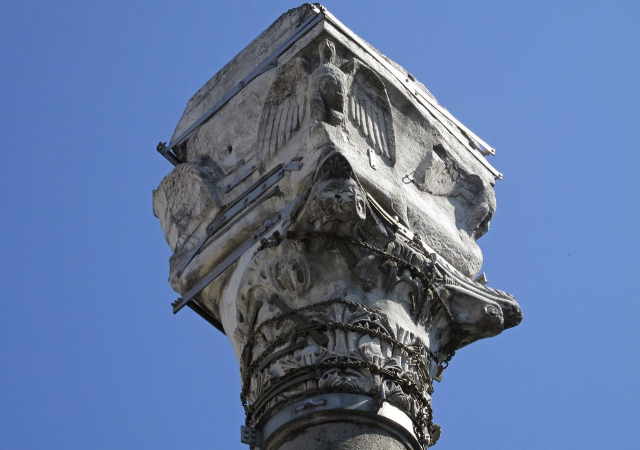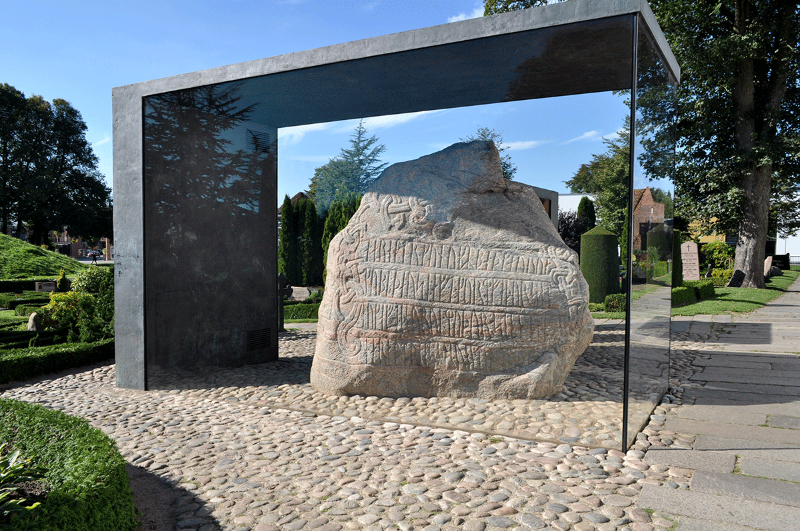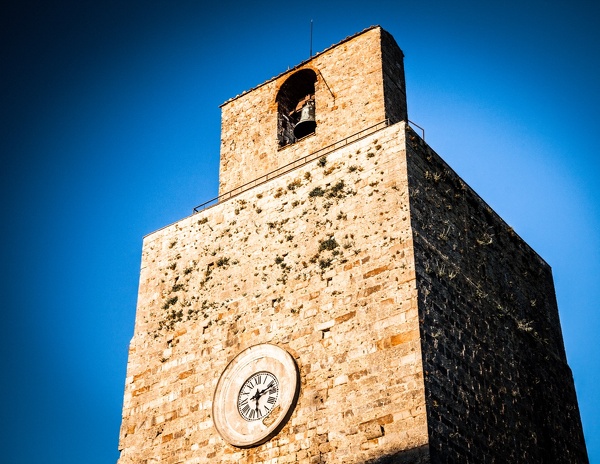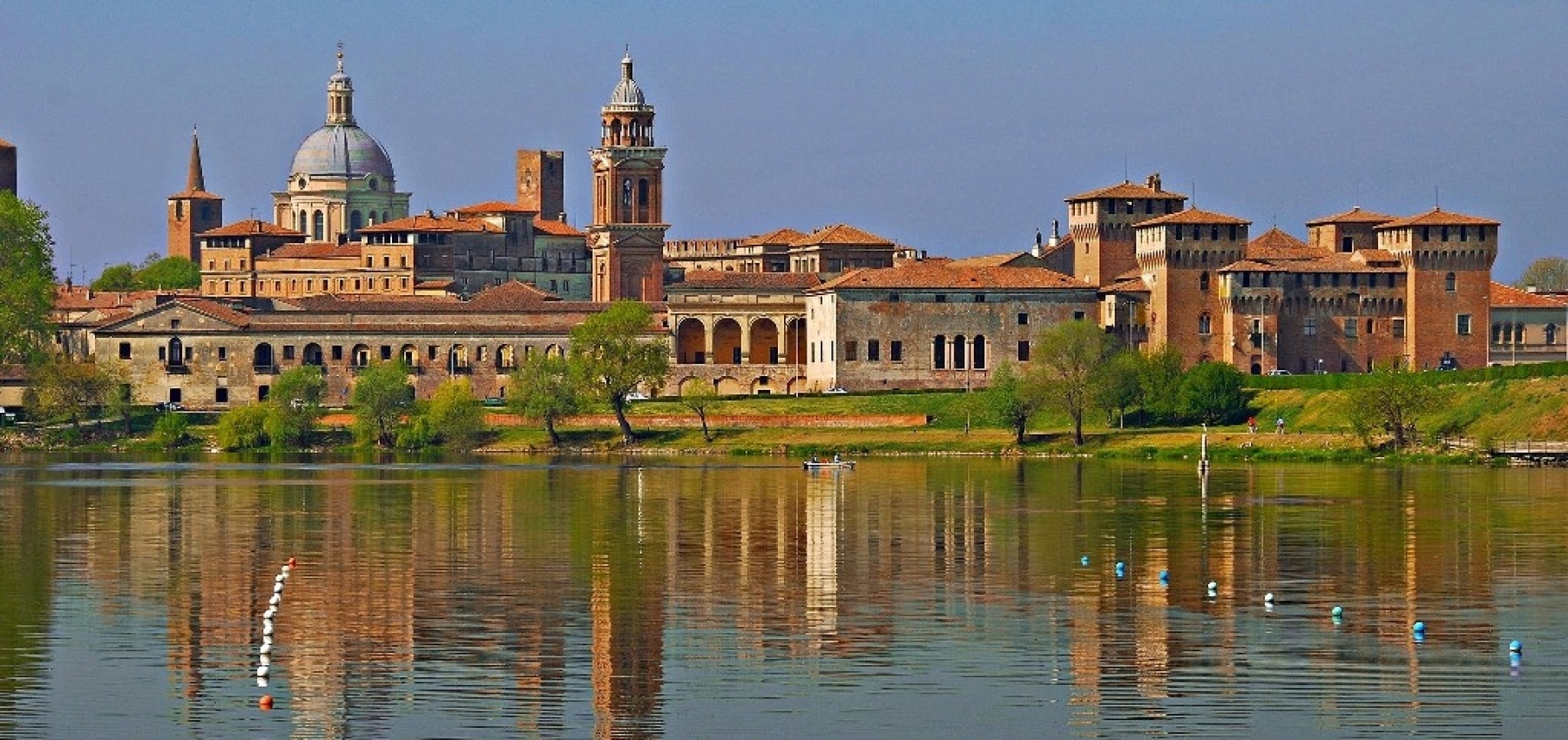Catacombs of Kom el Shoqafa, Egypt: An Egyptian wonder that’s a lot younger than the Pyramids but still quite as impressive.Discovered accidentally in 1900 when a donkey disappeared through the ground, these catacombs make up the largest-known Roman burial site in Egypt and one of the last major works of construction dedicated to the religion of ancient Egypt. Demonstrating Alexandria’s hallmark fusion of Pharaonic and Greek styles, the architects used a Graeco-Roman approach. The catacombs consist of three tiers of tombs and chambers cut into bedrock to a depth of 35m (the bottom level is flooded and inaccessible).
Tickets & tours
Shore Excursion: Day Trip from the Port of Alexandria to Cairo
€249.37
and up
DETAILS
Shore Excursion: Overnight Visit from Port of Alexandria to Cairo
€408.05
and up
DETAILS
Best of Cairo & Alexandria in 3 Days
€90.68
and up
DETAILS
MORE TICKETS & TOURS
Details
Carmous
Hours:
9am-4.30pm
Price:
adult/student LE60/30
ADVERTISEMENT
Entry is through a spiral staircase; the bodies of the dead would have been lowered on ropes down the centre of this circular shaft. The staircase leads off to a rotunda with a central well piercing down into the gloom of the flooded lower level. When the catacombs were originally constructed in the 2nd century AD, probably as a family crypt, the rotunda would have led only to the triclinium (to your left) and principal tomb chamber (straight ahead). But over the 300 years that the tomb was in use, more chambers were hacked out until it had developed into a hive that could accommodate more than 300 corpses.
The triclinium was a banqueting hall where grieving relatives paid their last respects with a funeral feast. Mourners, who returned to feast after 40 days and again on each anniversary, reclined on the raised benches at the centre of the room around a low table.
Back in the rotunda, head down the stairs to the principal tomb, the centrepiece of the catacombs. Here, an antechamber with columns and pediment leads through to an inner sanctum. The typical Alexandrian-style decoration shows an odd synthesis of ancient Egyptian, Greek and Roman funerary iconography. The doorway to the inner chamber is flanked by figures representing Anubis, the Egyptian god of the dead, but he is dressed as a Roman legionary and sports a serpent’s tail representative of Agathos Daimon, a Greek divinity.
From the antechamber a couple of short passages lead to a large U-shaped chamber lined with loculi – the holes in which the bodies were placed. After the body (or bodies, as many of the loculi held more than one) had been placed inside, the small chamber was sealed with a plaster slab.
Back up in the rotunda, four other passageways lead off to small clusters of tombs. One of these gives access to an entirely different complex, known as the Hall of Caracalla.
